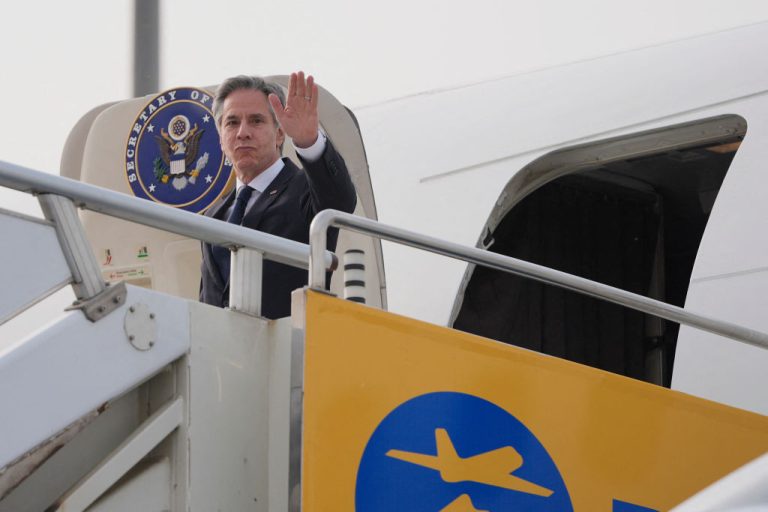Despite numerous attempts by the U.S. Air Force to rid themselves of the A-10 Thunderbolt II attack aircraft from its fleet, the U.S. Congress continues to thwart efforts to retire the aircraft.
Retiring the aircraft would free up maintenance costs for the fighters and could allow the Air Force to buy more advanced aircraft like the F-35A, which experts believe would stand a better chance of countering countries like China equipped with high-tech anti-aircraft weapons.
Via the Fiscal Year 2022 National Defense Authorization Act — a bill that will set funding levels for the U.S. military next year — the Senate Armed Services Committee specifically prohibited the retiring of any A-10 aircraft during the fiscal year 2022.
“While the House Armed Services Committee has yet to release its proposal for the 2022 NDAA, the Senate’s version does not bode well for the Air Force, which has been trying to retire A-10s at least as far back as 2013,” Task & Purpose reported.
The aircraft is known as the “Warthog” or just “Hog,” and was designed around its 30mm GAU-8/A Gatling gun. The aircraft is known to be slow and stable and “when it opens fire, it makes a sky-ripping BRRRT noise that troops have come to associate with salvation from enemy fighters,” added Task & Purpose.
Success
You are now signed up for our newsletter
Success
Check your email to complete sign up
The U.S. Air Force has been recommending the retirement of the aircraft due to soaring maintenance costs and difficulty in procuring replacement parts. The crafts are taking longer to inspect and keep running, which is consuming resources that the Air Force could utilize to maintain other aircraft, according to a Government Accountability Office report from November 2020.
Conflict on the Senate floor
Senator Mark Kelly (D-Ariz) told Task and Purpose, “As someone who has flown close air support in combat, I know that the A-10 is unmatched in carrying out its mission and provides an invaluable capability to protect American service members on the ground.”
“Removing A-10s from the fleet when there is not another aircraft capable of performing this mission takes a vital tool away from our military and is the wrong step for our national security,” he added.
Senator Marco Rubio (R-Fla) was not happy with the Senate’s plan to keep the aging fighters in the American arsenal. He believes investing in modern aircraft like the F-35A is the direction the Air Force, and the Senate needs to take.
Rubio’s state of Florida is slated to be the home of three new F-35A squadrons at its Tyndall Air Force Base near Panama City.
Rubio is concerned that further investment in the A-10 fighter craft could threaten resources allocated to rebuilding the Tyndall Air Force Base after it was severely damaged in October 2018, when Hurricane Michael made landfall in Florida’s panhandle as a Category 5 hurricane with sustained winds in excess of 160 miles per hour.
“It is my understanding that language is included in the Chairman’s mark of the FY22 NDAA that would prohibit the divestment of 41 A-10 aircraft at the expense of Tyndall’s F-35 squadrons,” Rubio stated in a letter published online.
Rubio believes the A-10 has limited types of missions that it can fly, noting that it was designed to fly in a “non-contested” air warfare environment.
In his letter he asserts that should the Senate fail to divest the U.S. Air Force’s fleet of A-10 Warthogs, it “would have [a] significant impact on the Air Force’s F-35 pilot output, our strategic capacity to field F-35s in the event of a conflict, and have grave, long-term implications for the national security of the United States.”
Despite Rubio’s and the Air Forces’ concerns with maintaining the aging fleet, the U.S. Senate does not appear to be interested in retiring a fighter plane that has flown hundreds, if not thousands, of successful missions over its 45 years of service.















